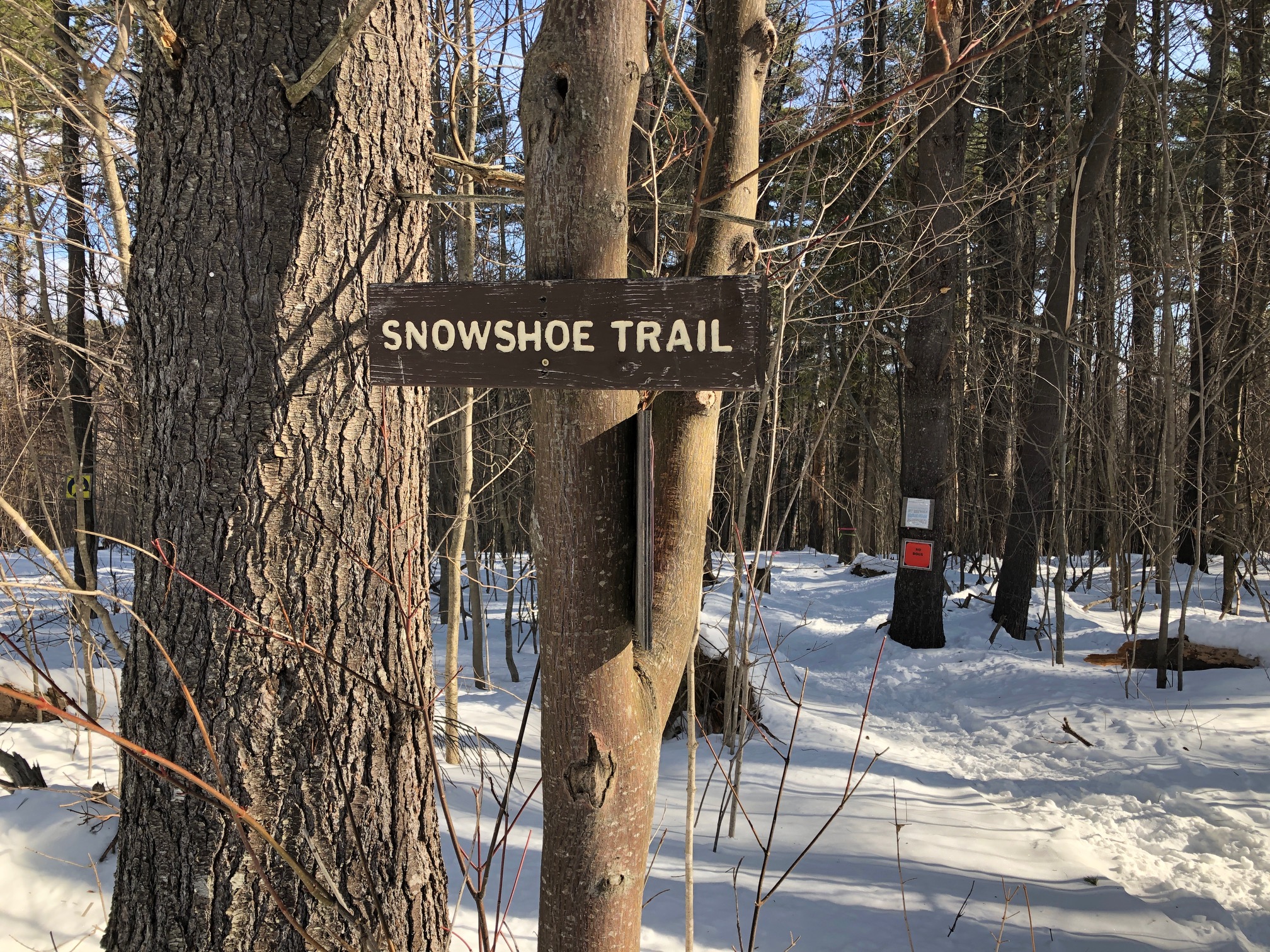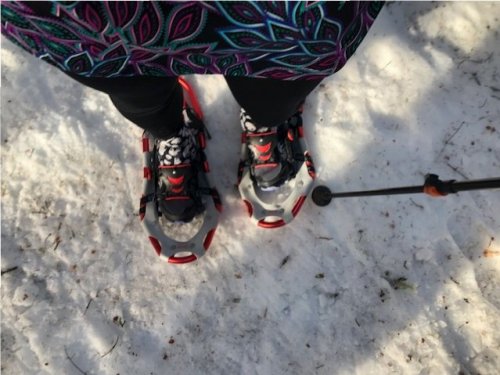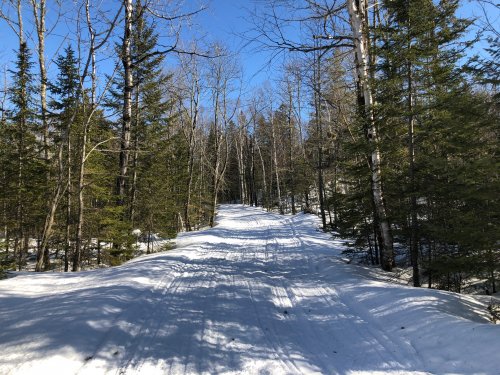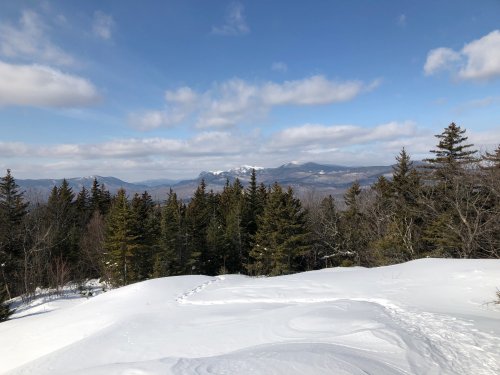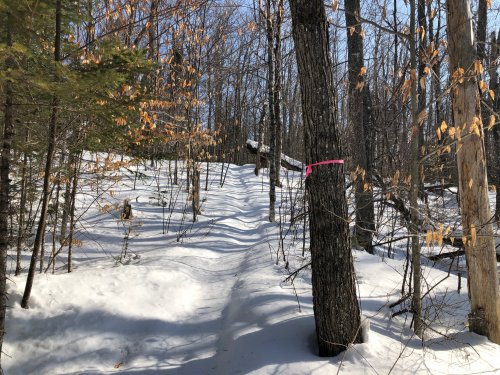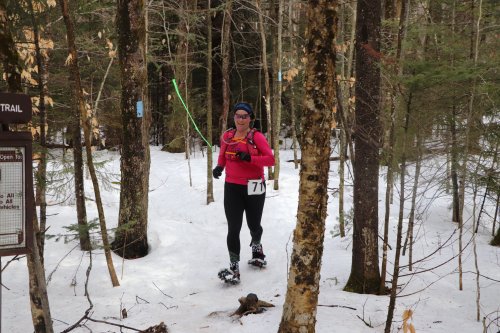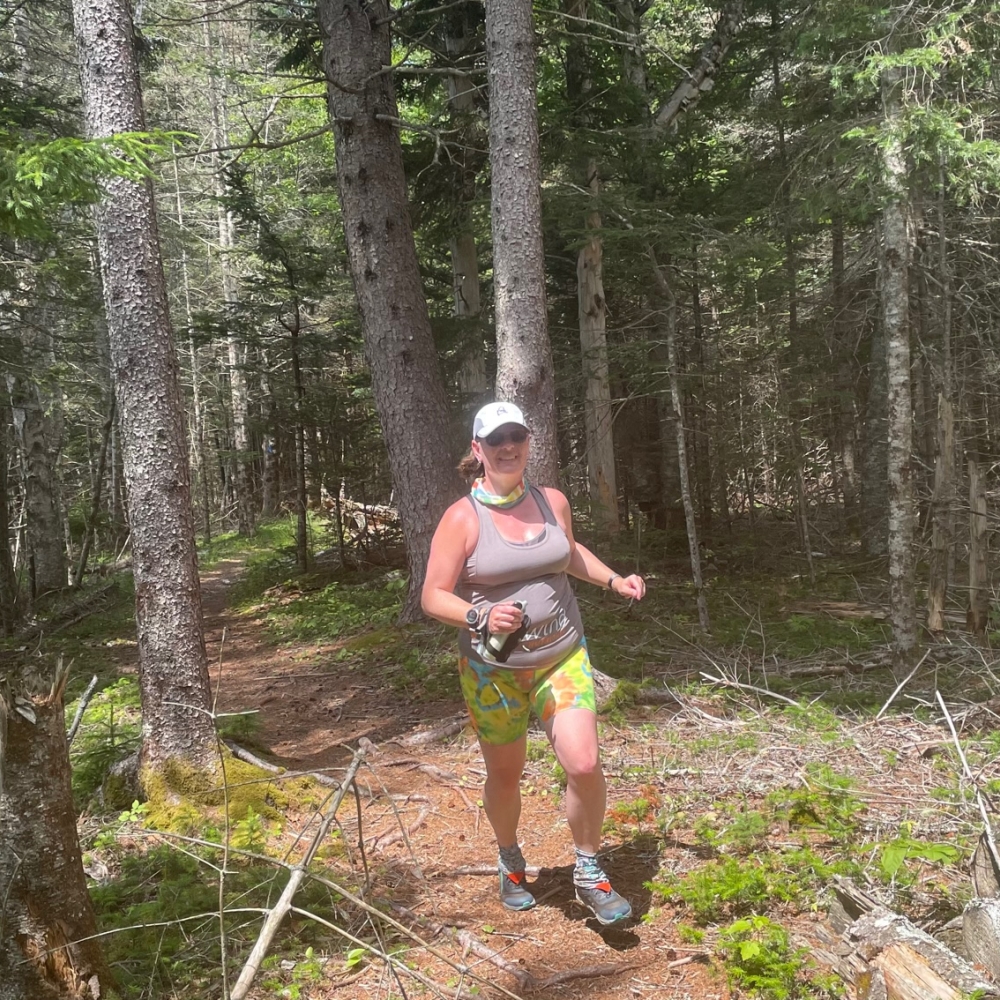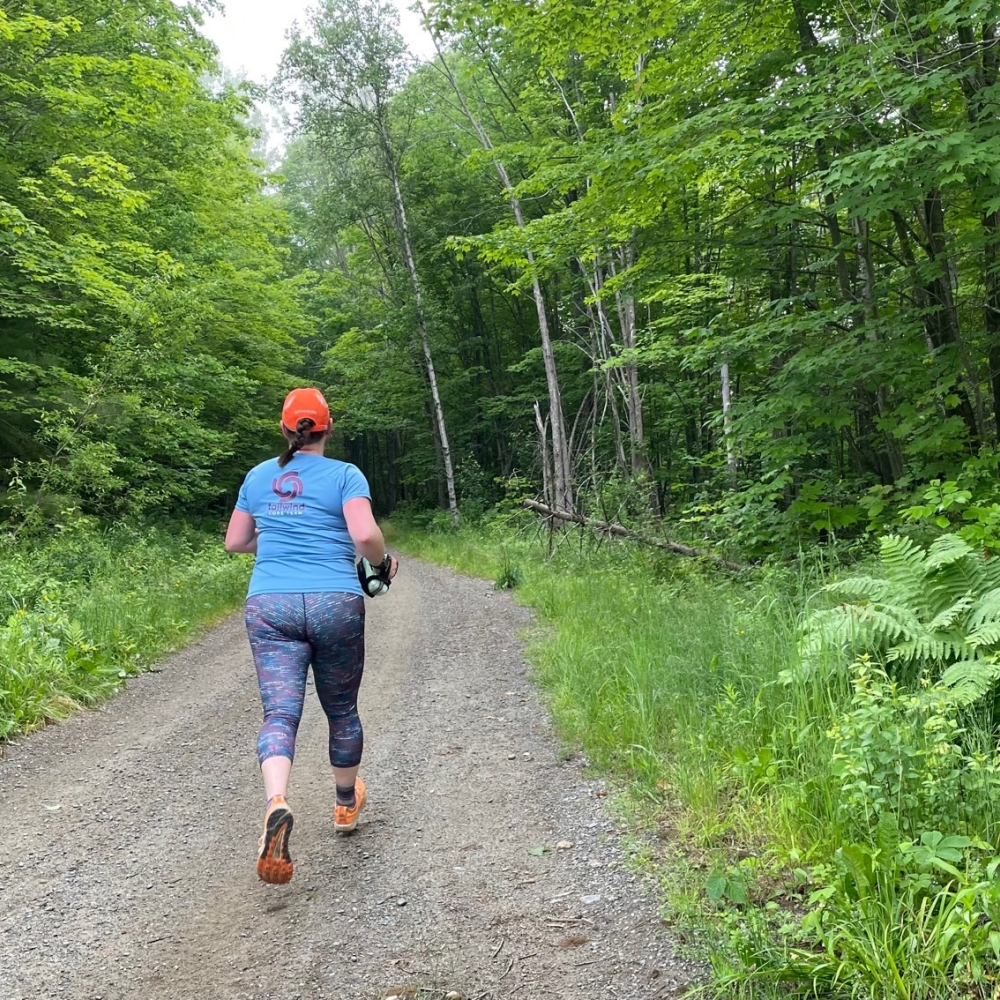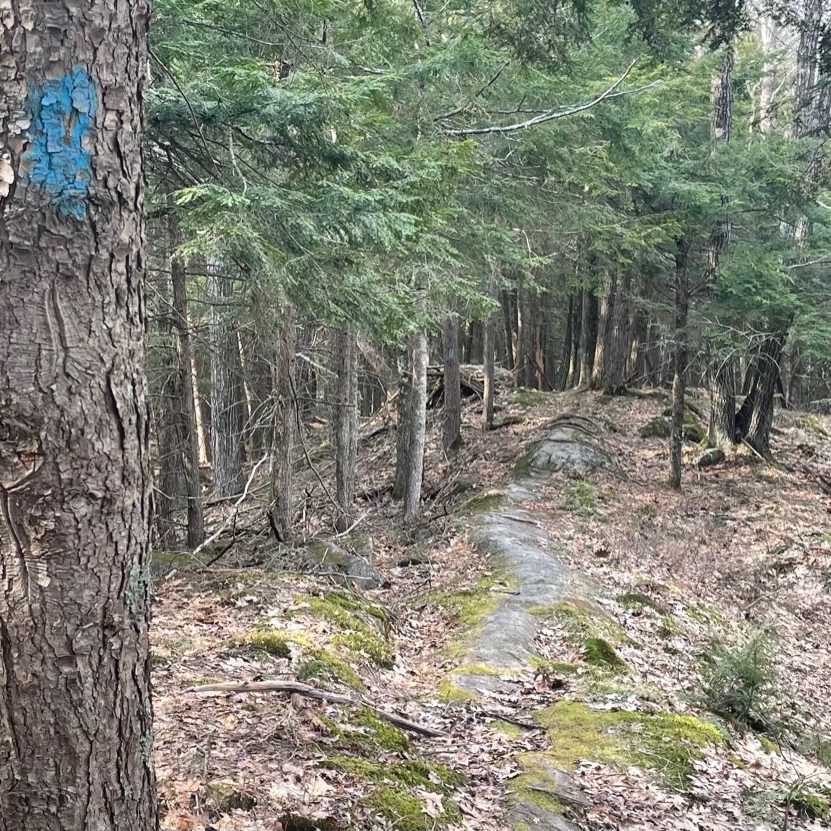Maine has just received a few precious inches of snow, replacing the snowpack that washed away in torrential rains a week ago. The base isn't quite deep enough for most backcountry fun, but the first few snowfalls of the year are a great time to try snowshoe running. There are a few differences between snowshoe running and winter trail running, so let's break it down before you go try it out.
First, and perhaps most obviously, you're going to need snowshoes. You'll have the best experience on shoes that have been specifically designed for running--a running and walking gait are different, and the size and balance of the shoe will reflect that. I started snowshoe running on a small pair of walkers without any real problems, but I noticed that I had a much more natural stride and that I stopped tripping on the shoe once I upgraded. I have some friends who have even started out on their kids' old snowshoes before they decided to invest in a specialized pair. Currently, I am running on a pair of Atlas runners with a BOA binding and they are HEAVEN.
Two, understand that you are going to walk, probably a lot. Strapping the extra poundage to your feet makes this a sweaty and intense workout. Trail runs that are easy-peasy on snow take on an entirely new dynamic on snowshoes, but that's part of what I love about the sport. Snowshoe running cranks up the intensity and makes us strong! But in the meantime, as you are acclimating, be prepared for plenty of walking intervals.
Three, prepare to sweat! Snowshoe running cranks up the heat, so choose what you wear carefully. Too much winter sweat can lead to hypothermia but so does too little insulation. There is a whole art to dressing for snowshoe running: I have shared my best tips here.
Four, understand that your stride may need to change. For most folx, this is the hardest part. If you are a heavy heel-striker, your snowshoe will slap before your heel contacts the trail. If you have more of a mid-foot gait, you will land more naturally on the snowshoe, but you may still find that you need a bouncier stride to lift the shoe as you run. Thankfully, most running snowshoes are narrow enough that even if you have stubby legs like mine, you are not likely to feel bowlegged. Moreover, singletrack trails get trenched as snowshoers pack the powder. At first, you'll get hung up on the walls of the trench but after a few minutes you'll get a better body feel for running singletrack.
Five, you will not have the same floatation you have experienced in larger snowshoes. A little fresh powder on the trails is super fun, but you do not want to be breaking trail in deep snow. Not only is it futile and unfun, but you'll be the jerk postholing and spoiling the trail for everyone else. Before I head out in deep snow on my local trail network, I'll break trail in my big backcountry shoes first and then run the next day in the now-packed powder.
And finally, take your first run somewhere that this going to give you a sense of success. We all want to shred up some singletrack to a viewpoint, but a flatter trail will give you a better learning experience. Try to find somewhere that the snow is packed already, like a quiet & safe snowmobile trail (never a Maine ITS) or a multi-use trail that welcomes snowshoe traffic. Give yourself the time and space to laugh, stumble and walk until you get it right. There's a learning curve to snowshoe running, but once you've gotten the basics, it's a great way to run trails in the winter.


